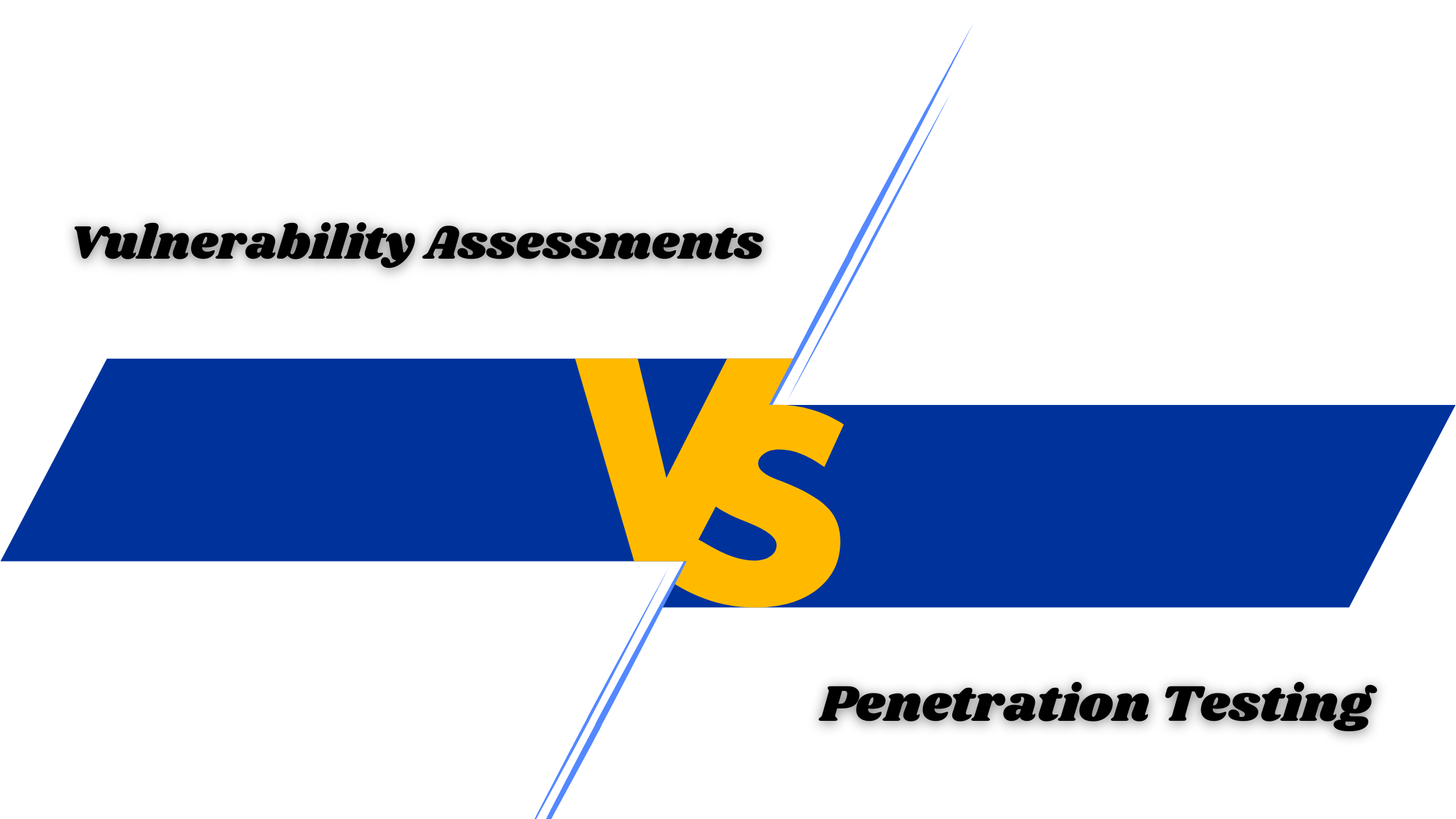Vulnerability Assessments vs Penetration Testing: Understanding the Difference
Introduction
In the ever-evolving landscape of cyber security, understanding the difference between vulnerability assessments and penetration testing is crucial for any organization aiming to protect its digital assets. Both play a vital role in identifying and mitigating security risks, but they serve different purposes and are conducted using distinct methodologies. In this blog, we will explore the key differences between vulnerability assessments and penetration testing services, helping you make informed decisions about your cyber security strategy.
| Aspect | Vulnerability Assessment | Penetration Testing |
|---|---|---|
| Objective | Identifies weaknesses in a system or network. | Tests the ability to exploit vulnerabilities like a real attacker. |
| Methodology | Scans systems for known vulnerabilities and misconfigurations. | Actively attempts to breach security defenses. |
| Scope | Focuses on broad assessments of vulnerabilities. | Focuses on exploiting vulnerabilities to assess security posture. |
| Depth of Analysis | Typically surface-level scans. | In-depth testing including simulated attacks. |
| Tools Used | Automated tools are common. | Utilizes automated tools but also manual testing. |
| Frequency | Regularly scheduled, often automated. | Periodic, usually conducted by security experts. |
| Outcome | Provides a list of vulnerabilities and potential risks. | Identifies vulnerabilities, assesses risks, and provides actionable insights. |
| Risk Level | Assesses potential risks without exploiting them. | Exploits vulnerabilities to understand real-world impact. |
| Cost | Generally less expensive due to automation. | Can be costly due to manual effort and expertise involved. |
| Compliance Requirement | Often required for regulatory compliance. | May be necessary for certain compliance standards. |
- Objective: Vulnerability assessments aim to find weaknesses, while penetration testing simulates attacks.
- Methodology: Assessments scan for known issues; testing actively tries to breach defenses.
- Scope: Assessments are broader; testing is focused on exploiting vulnerabilities.
- Depth of Analysis: Assessments are often surface-level; testing involves detailed simulations.
- Tools Used: Assessments rely on automation; testing uses both automation and manual techniques.
- Frequency: Assessments are regular and automated; testing is periodic and expert-driven.
- Outcome: Assessments list vulnerabilities; testing provides actionable insights.
- Risk Level: Assessments evaluate risks without exploiting them; testing tests real-world impact.
- Cost: Assessments are cheaper due to automation; testing can be expensive due to manual work.
- Compliance: Assessments are often required for compliance; testing may also be needed for compliance standards.
Conclusion
Both vulnerability assessments and penetration testing services are integral to a robust cyber security framework. While vulnerability assessments provide a comprehensive list of potential risks and are essential for maintaining regular security checks, penetration testing offers deeper insights by simulating real-world attacks to understand the impact of potential breaches. By combining both strategies, organizations can achieve a more thorough and proactive approach to their security posture, ensuring they are well-protected against evolving threats.
Investing in both vulnerability assessments and penetration testing services is a wise move to safeguard your digital assets effectively.
Author







